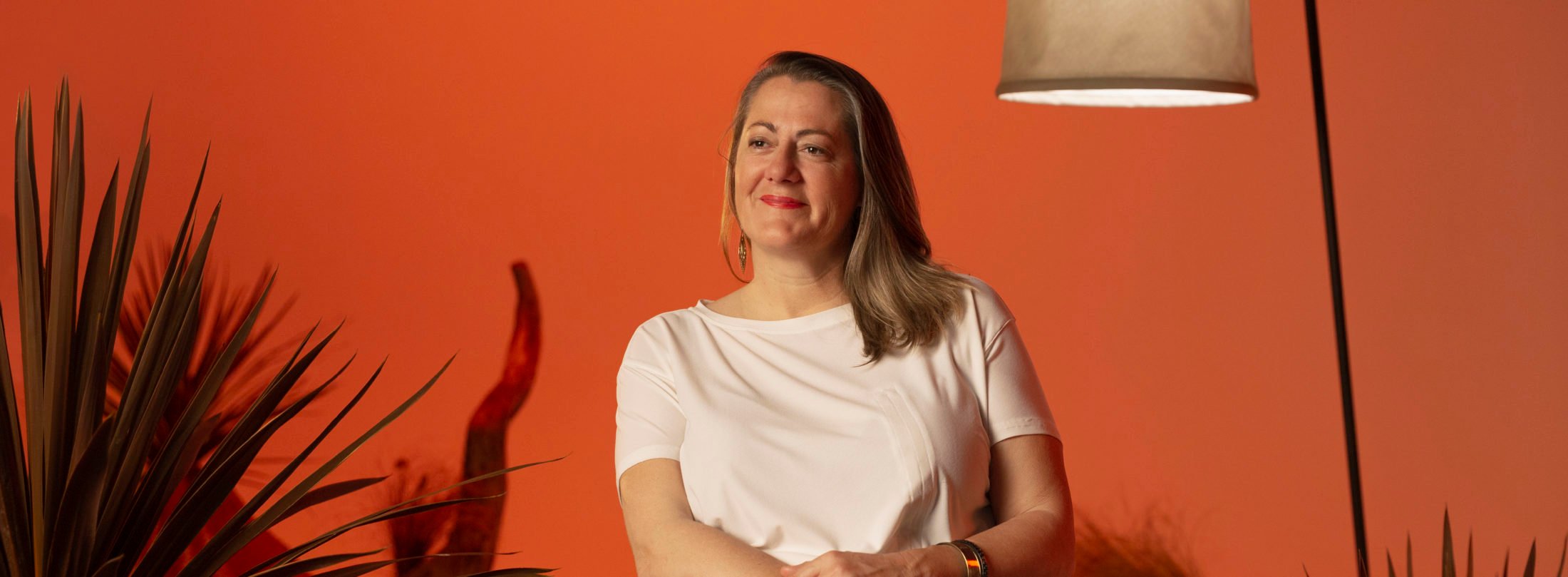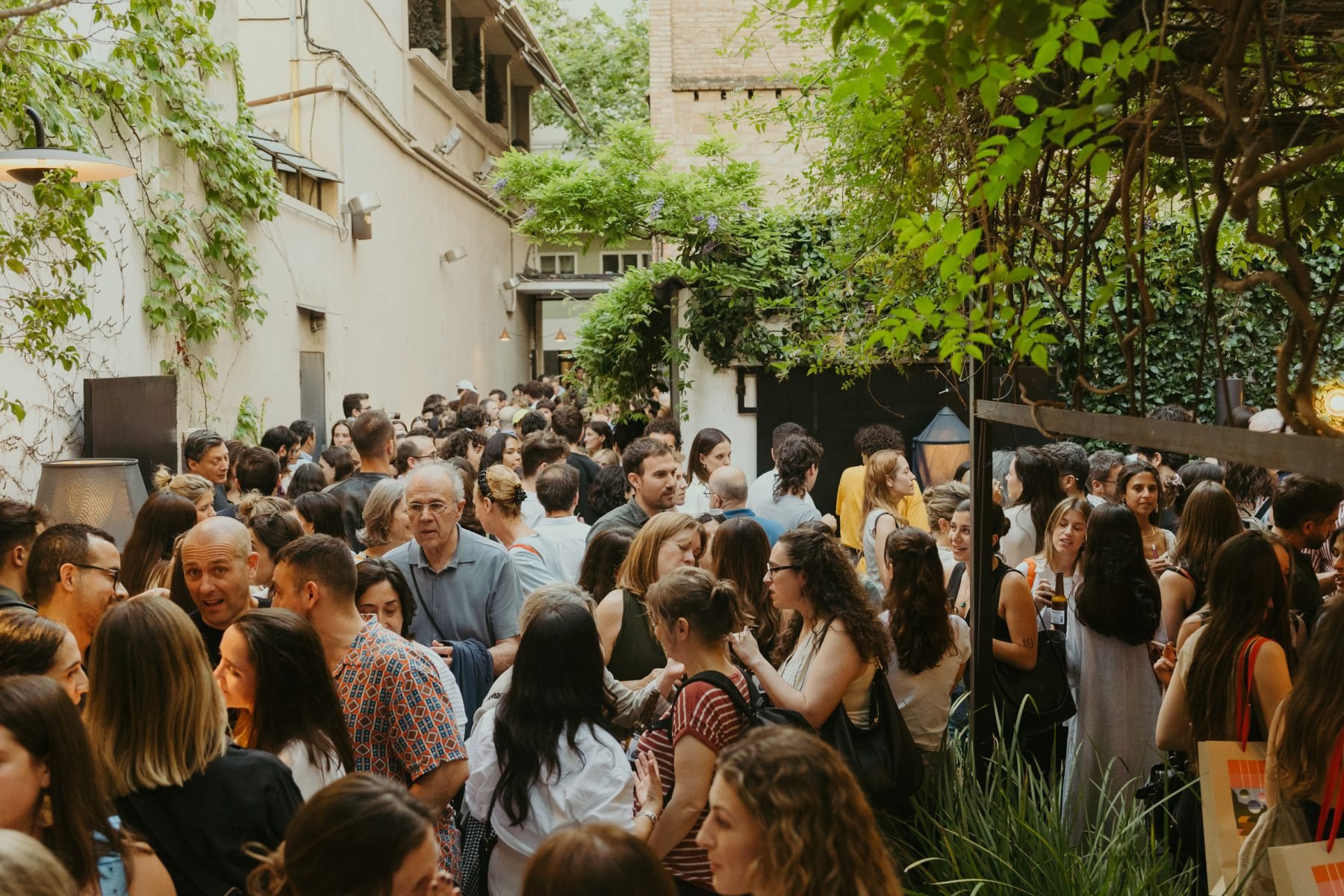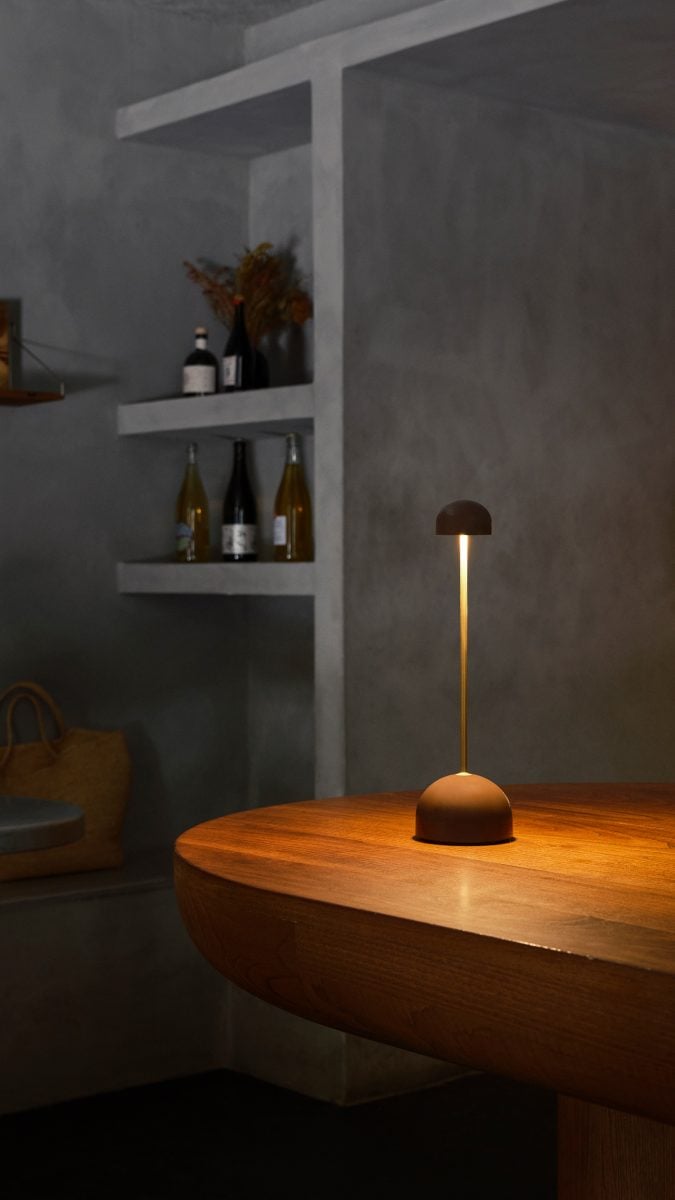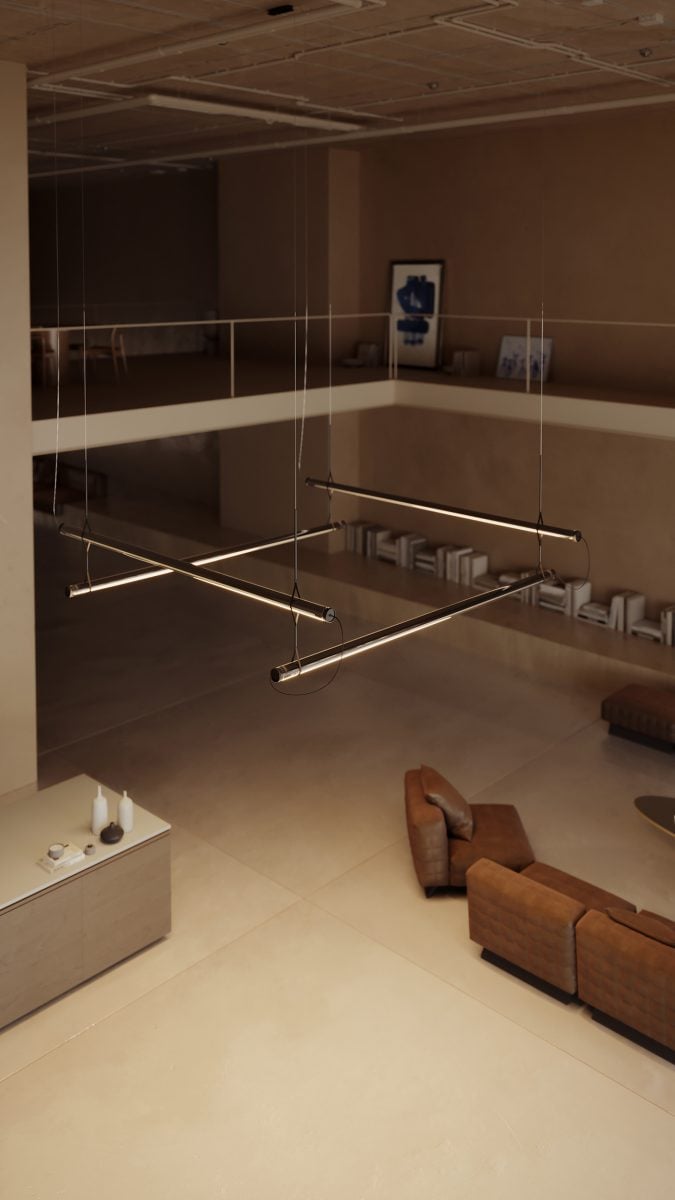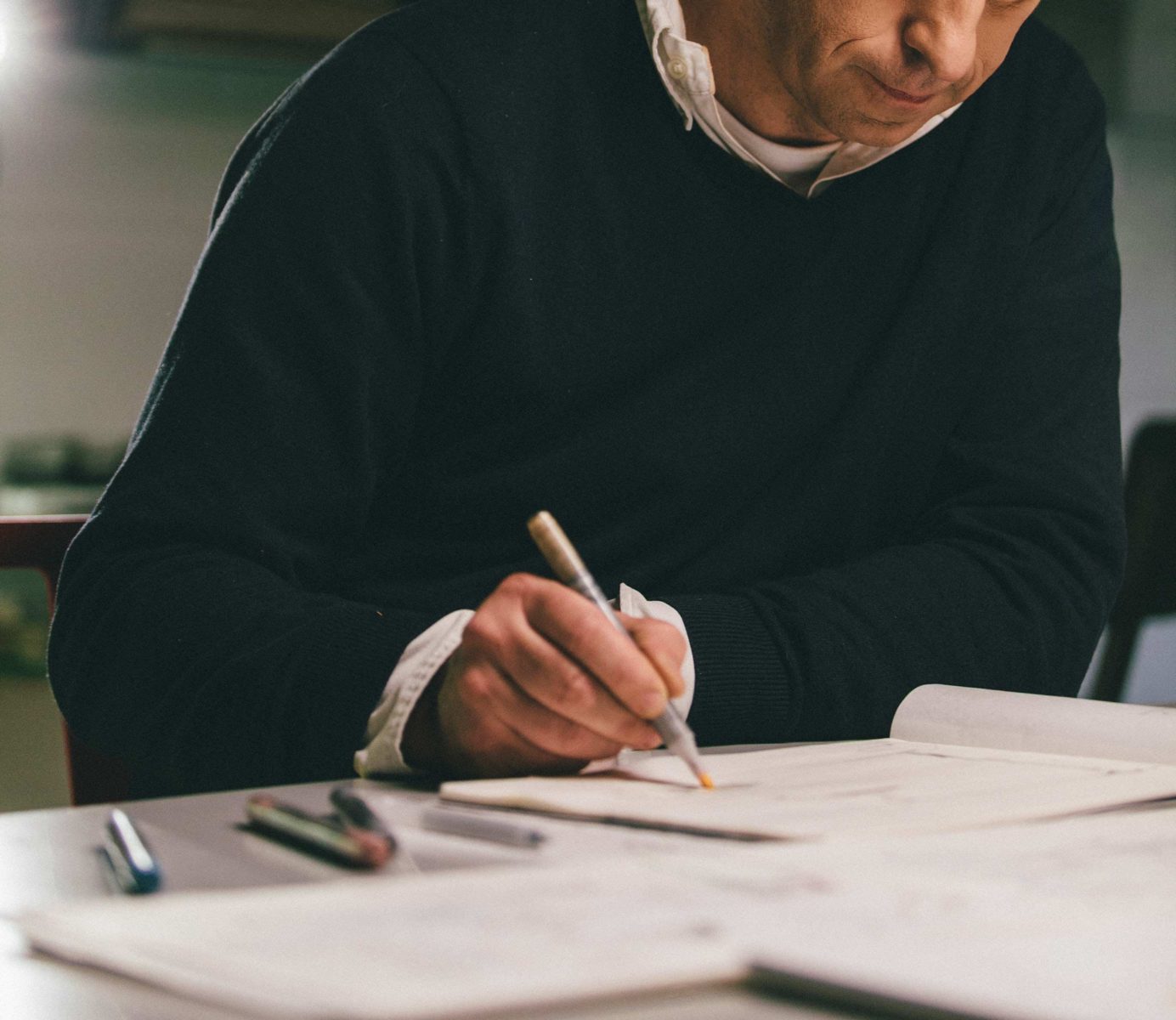Creating balanced light with Birgit Walter
Birgit Walter is a lighting designer and founder of BMLD, a lighting design studio from Barcelona. Through her work, she creates spaces that seek a balance between decorative and technical lighting. For her, light is an essential part of a project and to carry it out it is necessary to understand the place and culture in which it is framed. Understanding these details has allowed her to design spaces around the world.
How do you perceive and treat outdoor lighting?
I don’t see outdoor lighting differently than interior lighting, in the sense that it’s always through light that you construct a space. Still, it’s very different since in an interior space you have architecture as a frame and in an outdoor environment you have nature. In that sense, one of the things I start with every lighting design project is to do the visuals of the project in the outdoor space. If you have, for example, the possibility of looking at the outdoor space from an interior space, the inside out is something really important. How do you perceive the exterior environment from the inside and the other way around? How do you see the interior space or the focal points from the outside? That’s a really interesting relationship to work on.
How do you define your style as a lighting designer?
I would say that at my studio, BMLD, we would always take really good care of details. We try to integrate lighting and use light to enhance materials and space. So when we use decorative lighting, it has to be a very specific language and typology of light.
What do you think is the purpose of outdoor decorative lighting during the day and at night?
Decorative lighting is another part of lighting that must be taken into account. Light is matter, it is invisible and we treat it as such. In that sense, there are technical and decorative angles, and normally both coexist in the same project. So, in the outdoor environment, we first create the visual framework through the lighting of nature. For example, I have to light a tree to create the space or create a focal point, and this helps me choose the path to take and to use technically or decoratively. So there are always two ways to do it, but most projects have both systems.
What are the differences between designing an outdoor space as public space and as private space?
The biggest difference is that private spaces don’t have that much legislation you need to follow. In those cases, you’re free to do what you want with the project and you also have much more direct contact with the person who’s going to use the space. They can tell you exactly what they need while you build a much more proper relationship with the end user.
How do you make a distinctive lighting environment?
We usually look at the space and see what it needs. When it comes to outdoor environments, I try to look at it as constructing a canvas for the person walking through it. So you do the whole picture frame by frame, thinking about how the person is going to feel, and what that person is going to see. And from there, I build the space taking into account visuals, focal points, contrast and light in shadow, using a combination of technical and decorative lighting. In outdoor spaces it is especially important to consider how much light the space really needs and how much is going to remain in shadow.
What are the challenges do you think outdoor lighting has?
Currently, outdoor lighting faces a couple of challenges. One of the biggest has to do with energy and light pollution. The less energy we consume, the better for our future, our children’s future, and so on. And light pollution also in terms of wildlife and nature itself. And both bring with them this question: How to balance what is needed to build the outdoor environment and at the same time preserve nature? We are now working on a project in southern Spain, in Almeria, where the lighting concept is geared towards actually looking at the stars. It’s a beautiful place that has very little light pollution. It’s all landscape. And for that, we decided that what we really needed was to create a very subtle lighting environment so that the space is perceived and allows this sense of enjoyment. In the end, with so little, we can see so much.
Could you explain to us the concept of color temperature?
Color temperature has its physical element on one side. It’s a scientific way to identify the wavelength of light. It’s a correlation between color temperature and color rendering. I mean, both of them go together. It’s conceived through a black body that is heated up and then it’s compared to what the wavelength is like. We use it as a standard to see if light is cooler or warmer. It’s measured in degrees Kelvin. So the lower the number of color temperatures is, the warmer the light is.
Do you think color temperature has to do with location or culture?
Lighting definitely has a place in different cultures. Talking about daylight, if you’re very close to Ecuador, your sense of light and how you’ve been raised is completely different than a person who’s at the North Pole.
In terms of the use of light in terms of contrast, or color temperatures, the use of cooler or warmer light, it absolutely has a cultural aspect to it. We’ve been working in India for the last decade. And the first project we started, we began working from here and then we got there and it didn’t work out at all. The client was completely used to a cooler light than what we would normally use in Spain. So we started to learn the temperature sensation in this country and it makes a lot of sense. I mean, India has a very bright light. It’s also very hot and they perceive the really warm light as heat and they don’t want to feel the heat because it’s very hot in terms of temperature. Another example would be Sweden. A country that has very short days in Winter, with a not so bright light. And when you go to visit countries like this, you can notice that the light they use is diffused and very warm.
So, in the end, light is used to create contrast, to create ambiance. In addition to providing light to a space, you are providing ambiance through function, understanding where they are located and what they need.

